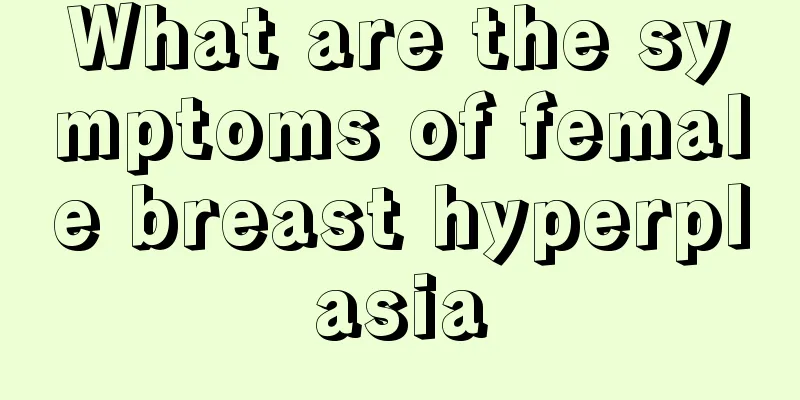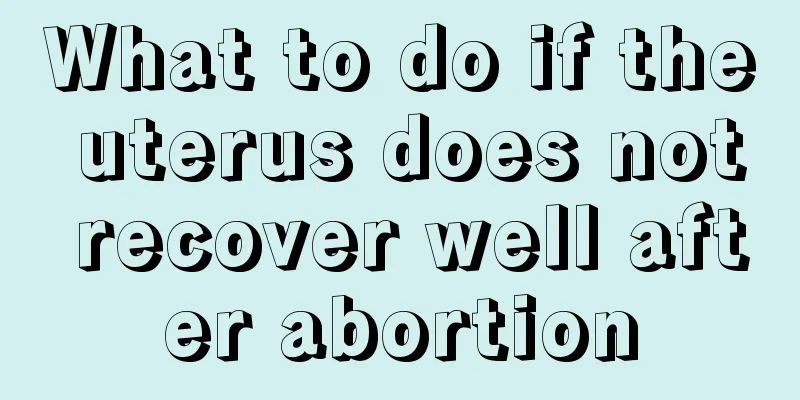What are the symptoms of female breast hyperplasia

|
Breast hyperplasia is generally a disease that middle-aged women are more likely to suffer from, between the ages of 25 and 40, because women in this age group are in the period of the most active sexual function. It is less common in women after puberty and menopause. Generally, the symptoms of women will gradually ease or even improve after the postpartum lactation period. Because of the lack of understanding of the disease, many women do not know the symptoms of female breast hyperplasia. (1) Breast pain is often characterized by distension or stabbing pain, which may affect one or both breasts, with one breast being more severe. Patients with severe pain cannot touch the breast, and may even experience difficulty in daily life and work. The pain is mainly in the breast lump, and may also radiate to the affected armpit, chest, flank, shoulder and back; some people experience nipple pain or itching. Breast pain often occurs or worsens a few days before menstruation, and the pain is significantly reduced or disappears after menstruation; the pain may also fluctuate with mood changes. This pain related to the menstrual cycle and emotional changes is the main feature of the clinical manifestations of hyperplasia of the breast. (2) Breast lumps: Breast lumps can occur in one or both breasts, single or multiple, and are more common in the upper outer quadrant of the breast, but can also occur in other quadrants. The shapes of the lumps include flake-shaped, nodular-shaped, cord-shaped, granular-shaped, etc., among which the flake-shaped is the most common. The lump has unclear boundaries, is of medium or slightly hard texture, has good mobility, has no adhesion to surrounding tissues, and is often tender. The lumps vary in size, with small ones being as big as millet grains and large ones exceeding 3 to 4 cm. Breast lumps also change with the menstrual cycle. The lumps become larger and harder before menstruation, and shrink and soften after menstruation. (3) Nipple discharge A small number of patients may experience nipple discharge, which is spontaneous and has a straw-yellow or brown serous appearance. The main cause of breast hyperplasia is long-term unreasonable diet, bad living habits or people with great psychological pressure. Emotional changes will affect endocrine and menstrual disorders, thereby causing breast hyperplasia. When you find out that you have breast hyperplasia, you should remain optimistic because it is not a terminal illness and can be cured. |
<<: What are the treatments for female breast hyperplasia?
>>: What is the difference between female adnexitis and pelvic inflammatory disease?
Recommend
Hair dryers are harmful to pregnant women
Hair dryer is a household appliance that is widel...
Cervical erosion atomization
Nebulizer therapy is a good way to treat some thr...
What is the average bone age at menarche?
When the human body grows to a certain extent, th...
If your breasts don't swell during pregnancy, it means the fetus has stopped growing.
We all know that women have many special physiolo...
What should you pay attention to after having an abortion?
Nowadays, women usually choose to have an abortio...
Social media becomes the new travel postcard: Australian millennials love posting their travels online
With the widespread popularity of social media, A...
What to do if the endometrium is 15mm thick
If the endometrium is as thick as fifteen millime...
What is the reason for menstruation to come once every three months?
Menstruation is a unique physiological phenomenon...
How many centimeters can a 16-year-old girl grow taller?
In many societies, if you don't have money, y...
Can I have a foot bath and massage during pregnancy?
For many female friends, pregnancy is actually a ...
What causes irregular menstrual bleeding?
Non-menstrual bleeding in the vagina is a common ...
Where is the strongest typhoon wind? How to protect windows from typhoons?
Typhoon is a type of tropical cyclone. A tropical...
What causes slow development of gestational sac?
For every family, conceiving a child is a very im...
What causes fallopian tube adhesions?
Some female patients have the phenomenon of fallo...
How to lose weight after caesarean section
All female friends love beauty. Even after becomi...









